Description
Extracorporeal shock waves have been used successfully in the treatment of chronic pain since the early ’90s. Extracorporeal shock wave the- therapy (ESWT) and trigger point shock wave therapy (TPST) are highly efficient, non-surgical treatments for chronic pain in the musculoskeletal system. The ESWT- B offers a significant expansion of the range of applications for myofascial pain syndrome. The extracorporeal, focused shock wave allows precise diagnosis and therapy of active and latent trigger points. Trigger points are thickened, pain-sensitive points within a usually tense muscle. They can cause a variety of pains – even well away from their own location.
How it works
- The heart of the Richard Wolf ESWT-B is the compact piezo shock wave source with its excellent features.
- Operation is simple with the multifunction operator control and display unit on the top of the device. All the device
parameters can be set and monitored. - The penetration depth can be varied at the therapy source by exchanging gel pads of different thickness.
- A further advantage is the large area of energy coupling with an aperture angle of 94°.
- This lowers the energy density at the surface of the skin and reduces pain.
- The finely dosed energy with 20 intensity levels allow treatment without sedation
Eliminating pain with shock wave trigger therapy ESWT
Shock waves have been used successfully by orthopedic specialists for many years in the treatment of disease of the musculoskeletal system. The classical orthopedic indications for shock wave therapy (ESWT) are diseases of the tendon attachments such as changes in the soft tissue area of the rotator cuff of the shoulder, tennis or golf elbow, patellar tip syndrome of the knee.
TPST
In trigger point shock wave therapy TPST, the depth of penetration, the intensity, power and the pulse frequency of the shock-wave pulses can be adapted easily to the various indications. Prior to treatment, the trigger points can be found and precisely located with the finely delineated focus point. The variable depth of penetration allows triggers to be located accurately and treated even in deep muscle. This feature of the treatment means maximum efficiency.
Therapy
The EWST-B is a compact and extremely mobile ESWT unit for individual therapy options:
- Epicondylitis humeri radialis and ulnaris
- Jumper’s knee
- Plantar fasciitis with heel spurs
- Tendinosis Calcarea
- Impingement syndrome
- Pseudoarthrosi
Advantages in ESWT-B
- Deep, clearly defined penetration
- Practically maintenance-free
- Highly accurate treatment
- Low risk of hematoma
- Maximum energy directly in the treatment area
- Practically no skin irritation
- Small design, portable, compact
Trigger point shock wave therapy – TPST Therapy
The extracorporeal, focused shock wave allows both the therapy and the precise localization of active and latent trigger points. The trigger is detected by the small focus point of the ESWT-B. This allows precise localization without palpation that is often painful for the patient.
- Neck
- Shoulder
- Back
- Buttock
- Knee
Advantages in TPST
- Mobile and focused ESWT system
- Deep penetration up to 40 mm
- Treatment with a pulse frequency up to 16 HZ
- Precise localisation of trigger points
- Low risk of haematoma
- A broad range of applications
- Individual therapy options
- Long working life – extremely economical
ED Therapy Protocol
Most men suffering from erectile dysfunction have vascular problems affecting the vessels that supply blood to the cavernous bodies of the penis, resulting in a decreased ability to develop and maintain an erection. The end result is an inadequate blood flow followed by premature draining of an already reduced amount of blood from the cavernous bodies, meaning an erection is not achieved. Shockwave Therapy for ED of this type can be a highly effective treatment.
- Target to spongy tissue in 5 different areas.
- 300 impacts per area, total 1500 impacts in one treatment.
- Twice a week, treat consistently for 3 weeks, then stop for 3 weeks. And start the next course.
- Should be more impacts at the top end of the penis and fewer impacts at the bottom of the penis
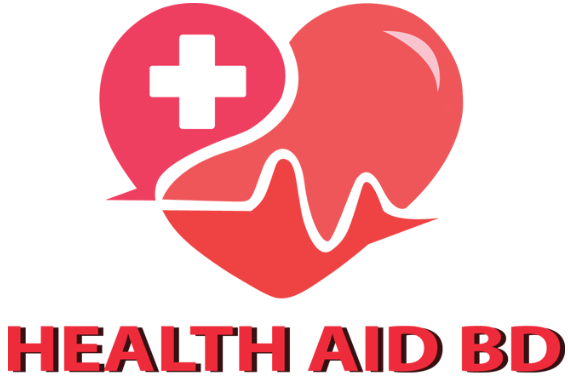
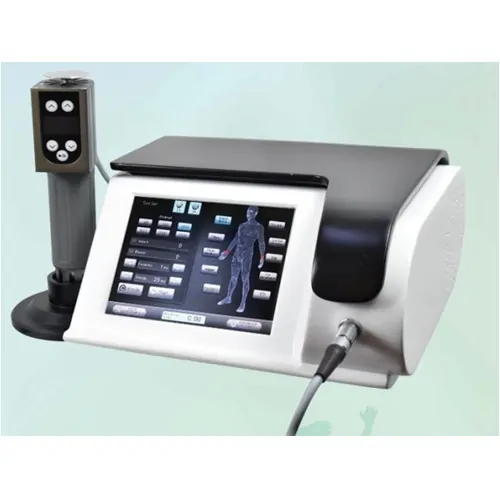

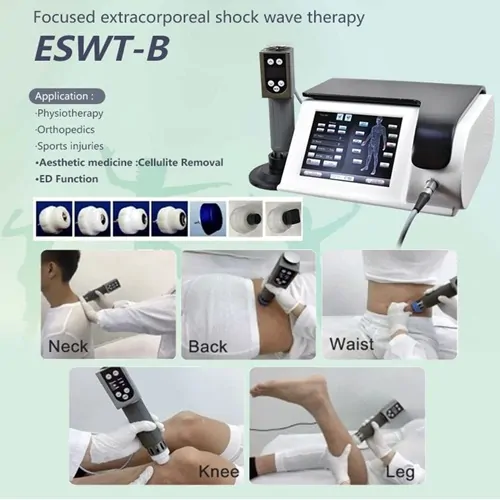

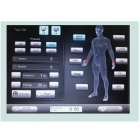



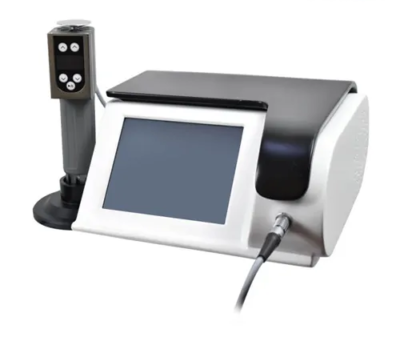



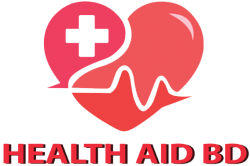
There are no reviews yet.